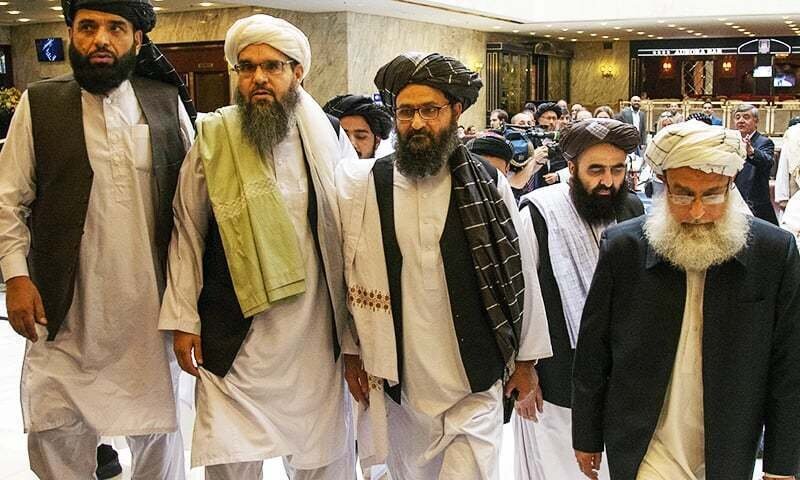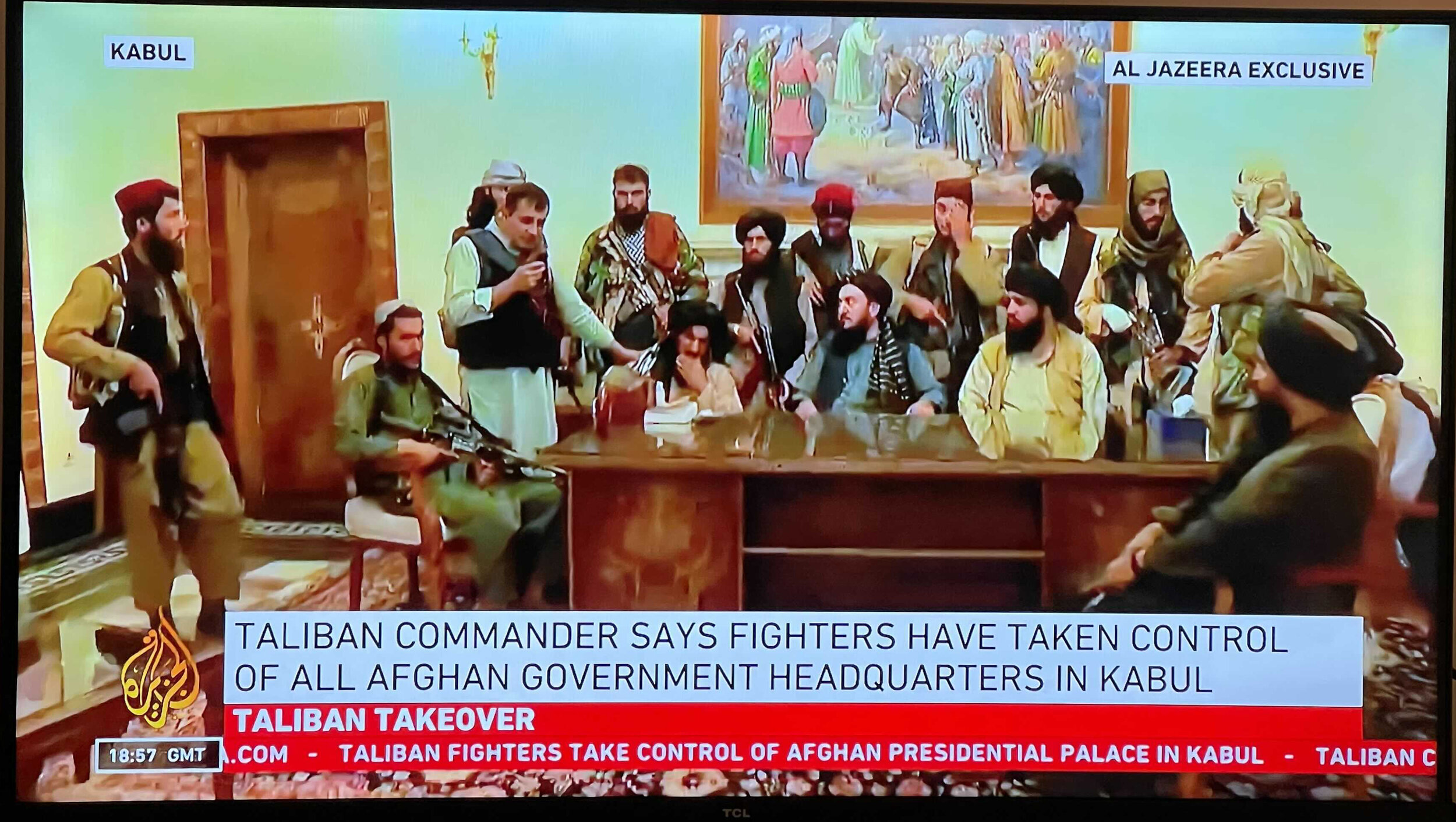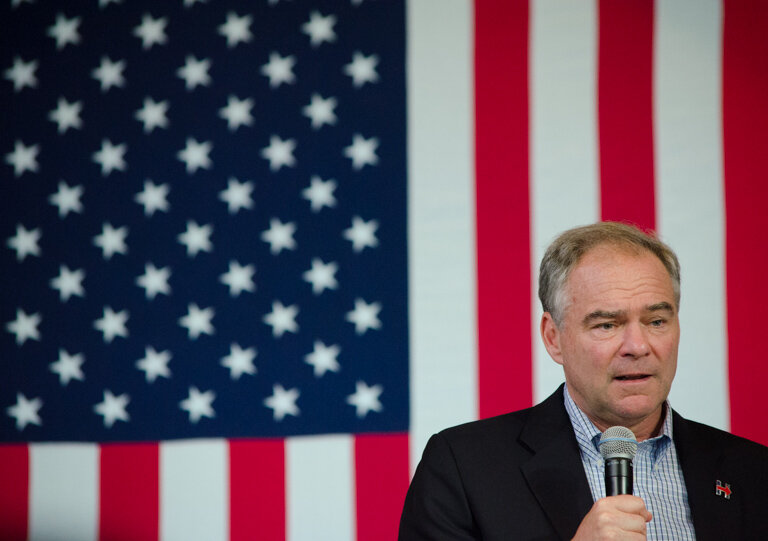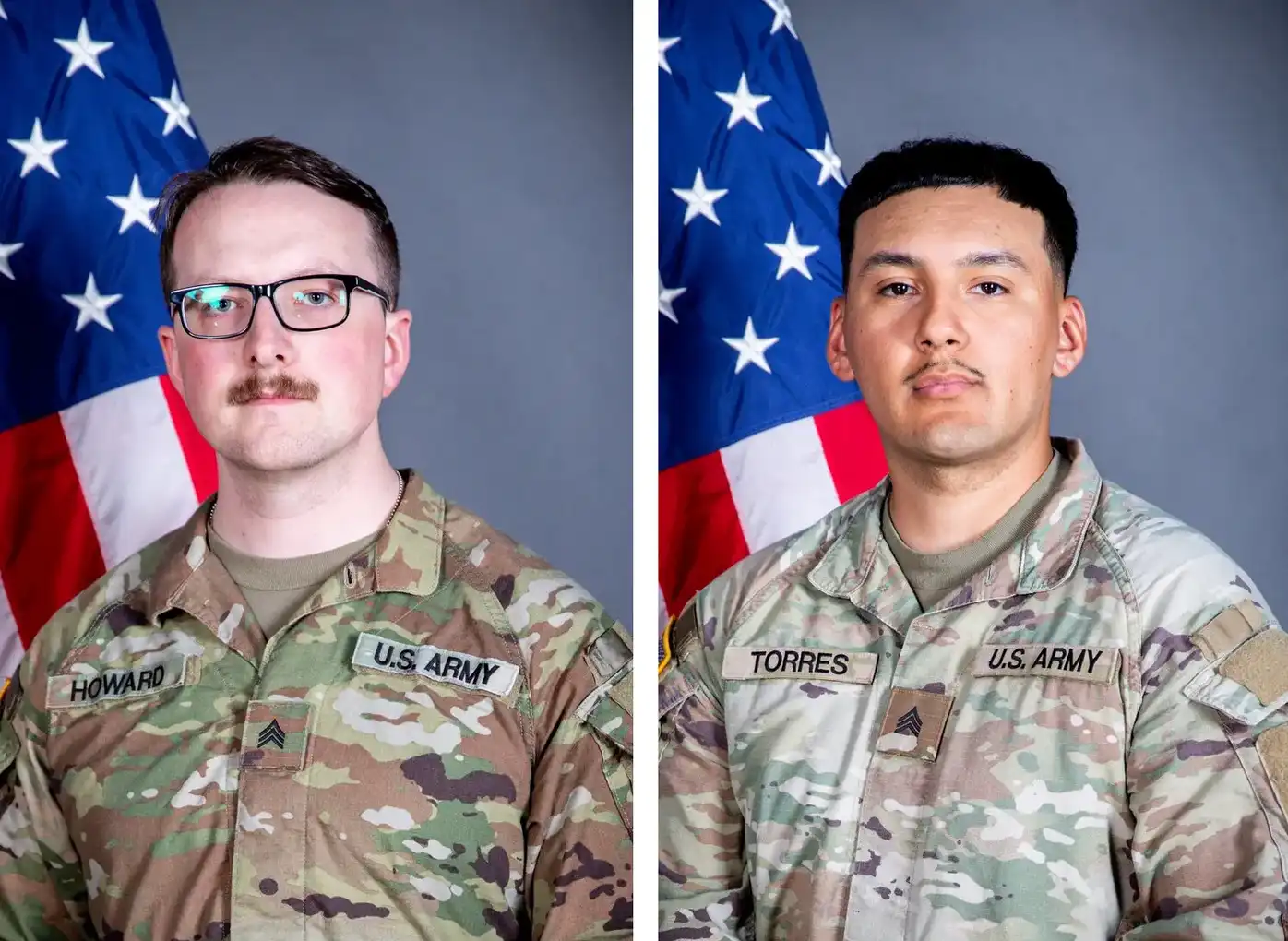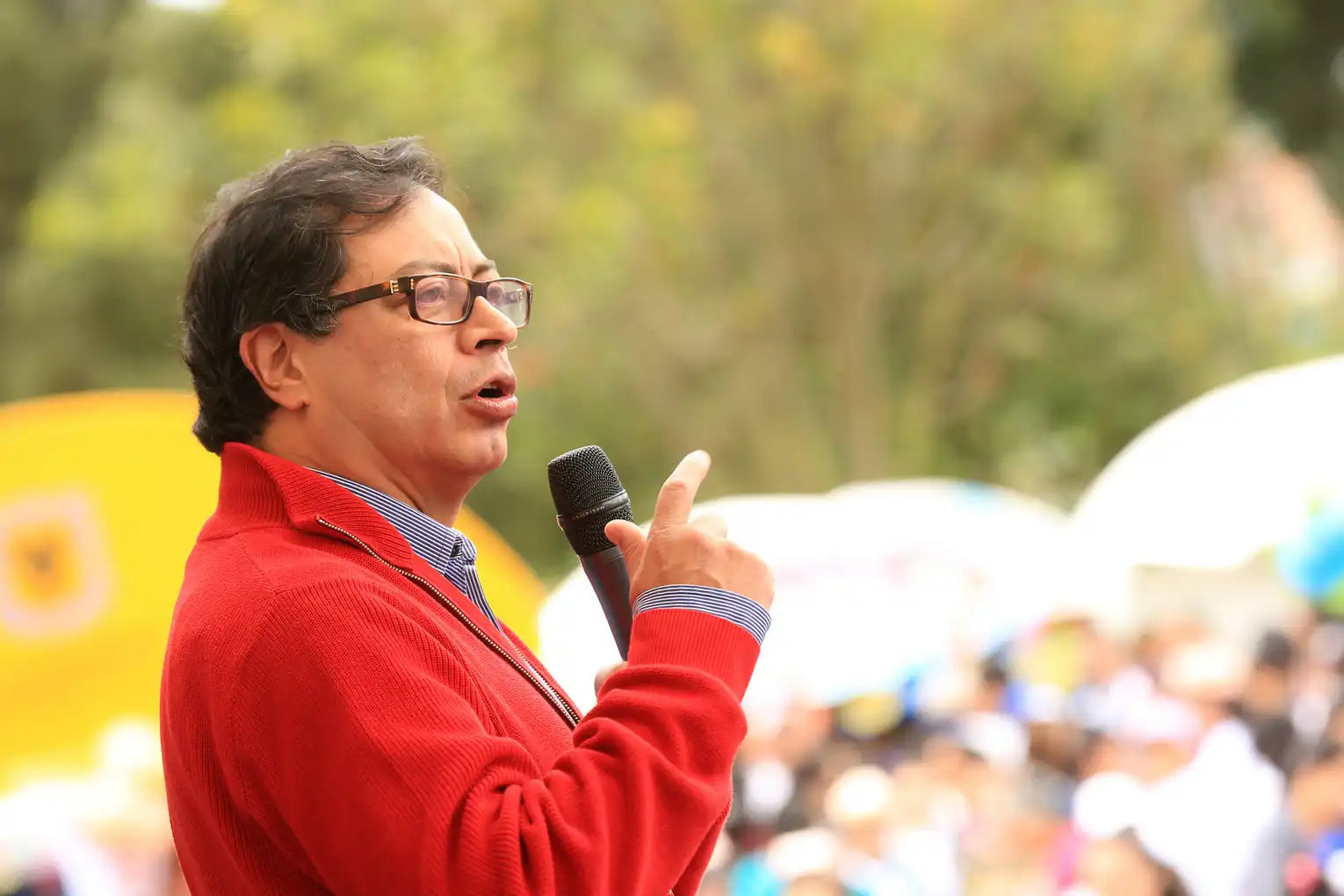PICTURED: Taliban fighters take pictures with their weapons in the vacant presidential office in Kabul. PC: Taliban (disputed), retrieved from New York Post.
Story at a glance…
-
The War in Afghanistan ends short of the 9/11 withdraw date set by Biden.
-
In a week, the Taliban captured more than a dozen provincial capitals and entered Kabul without meeting resistance.
-
WaL provides a recap how it happened, while detailing the new president of Afghanistan under the Taliban.
KABUL, Afghanistan. August 15th, 2021. The big day is finally here for the 21-years-deposed Islamic Emirate of Afghanistan. In what experts argued might take months, the Taliban’s lighting takeover of every major city over the second week of August was matched only by the spectacular collapse of the $830 billion Afghan army, and saw the Taliban march into Kabul to varying scenes.
Sky reports a crowd of thousands welcomed the incoming Taliban on the outskirts of Kabul, while AJ reports thousands more withdrawing money, taking any valuables they can and fleeing the city.
On Sunday Jason Ditz at Antiwar reported that President Ghani fled to Tajikistan, while the Taliban promised there would be no more revenge attacks against his administration’s leftovers, not that there are many, as the president was reasonably isolated politically. His bitter rival Abdullah Abdullah chastised him saying “he has left the nation in this state [for that] God will hold him to account”.
AJ livestreamed an address from the presidential palace in which the Taliban commander remarked he had spent 8 months in the Guantanamo Bay detention center/Constitution-free zone.
“We assure everyone that we will provide safety for citizens and diplomatic missions. We are ready to have a dialogue with all Afghan figures and will guarantee them the necessary protection,” spokesman Mohammad Naeem told the Qatar-based Al-Jazeera.
The assumed-new president of Afghanistan will be one Mullah Abdul Ghani Baradar, a senior Taliban political figure who has been part of several diplomatic missions to Russia, Qatar, and elsewhere in recent years. He had been imprisoned from 2010 to 2018, after which he was released to lead the Taliban delegation in Qatar during the pre-peace negotiations.
The official Twitter spokesperson for the Islamic Emirate of Afghanistan, Zabihullah Mujahid released a statement saying: “since the capital Kabul is a large and densely populated city, the Mujahideen of the Islamic Emirate do not intend to enter the city by force or war, but rather to enter Kabul peacefully”.
He further added, “Negotiations are underway to ensure that the transition process is completed safely and securely, without compromising the lives, property and honor of anyone, and without compromising the lives of Kabulis. The Islamic Emirate instructs all its forces to stand at the gates of Kabul, not to try to enter the city”.
MOSCOW, Russia. May 28th, 2019: PICTURED: Mullah Abdul Ghani Baradar, third from left, arrives with other members of the Taliban delegation for talks in Moscow. PC: AP. Fair Use.
A spectacular collapse
Biden has stood firm amid criticism surrounding his decision to completely withdraw from the country. While bombing Taliban targets several times during July, it must have became clear to the White House that nothing beyond another “surge” could halt the Taliban takeover.
In the wake of the spectacular collapse of the Afghan army, Sec. of State Blinken took to CNN to defend the administration’s position.
“The idea that the status quo could have been maintained by keeping our forces there I think is simply wrong,” he said, adding “the offensive you’re seeing across the country now to take these provincial capitals would have commenced, and we would have been back at war with the Taliban, and I’d probably be on this program today explaining why we were sending tens of thousands of American forces back into Afghanistan and back to war, something the American people simply don’t support”.
Support for the continuing war there is indeed incredibly low among Americans, but that hasn’t stopped Blinken’s former opposite number under Trump, Mike Pompeo, from saying the U.S. should “crush the Taliban with American air power”. A strange irony considering Pompeo was part of the State Department team that negotiated the peace deal and withdrawal with the Taliban in the first place.
Investigating reporting from the Washington Post recounted the last few months of conflict in the words of anonymous insiders from the Afghan police and military, whose stories of rampant corruption, ghost soldiers, mass desertions and surrenders undermines the continuing Pentagon narrative that Mr. Biden continued to suggest even into early August that the ANSF could stand up to the Taliban.
PICTURED: Al-Jazeera livestreamed the address from the Taliban commander at the presidential palace. PC: Al-Jazeera. Fair Use.
The timeline
August 8th
Taliban soldiers facilitated the capture of two of the ten most populous Afghan cities within a few hours on Sunday, August 8th.
Kunduz, in the Kunduz Province, the fifth-largest city by population, was seized by the Taliban a few hours before Taluqan in the north fell at sundown. The Taliban released prisoners and gained control of most of the roads to access Central Asia.
August 9th, 10th
Three provincial capitals of Aykab, Farah, and Pul-e-Khumri, the last being the 8th biggest city in the country, fell over two days involving light fighting between the ANSF and Taliban.
August 11th
On Wednesday, the Taliban captured Faizabad the last of the major northern provincial capitals in Badakhshan Province which borders China, Pakistan, and Tajikistan.
August 12th
In what essentially sounded the death rattle for the Ghani Government, the third, ninth, and second most populated cities in the country, the last three being the historic and cultural capital of the country, were all taken by the Taliban.
This included Ghazni in the southeast province of the same name, and Herat in the west, which both fell after heavy fighting. Kandahar City in Kandahar Province fell later that day.
August 13th
Six more provincial capitals fell on Friday the 13th, the largest of which was Lashkar Gah, the capital of the Helmand Province, one of the bloodiest battlegrounds during the 20-year American occupation
August 14th
A day before the fall of Kabul, Afghan military forces lost control of Mazar-i-Sharif, eliminating governmental presence in the north of the country.
August 15th
The capital of Nangarhar Province and fifth-largest city, Jalalabad, falls along with 5 other provincial capitals. Kabul is taken later in the afternoon
